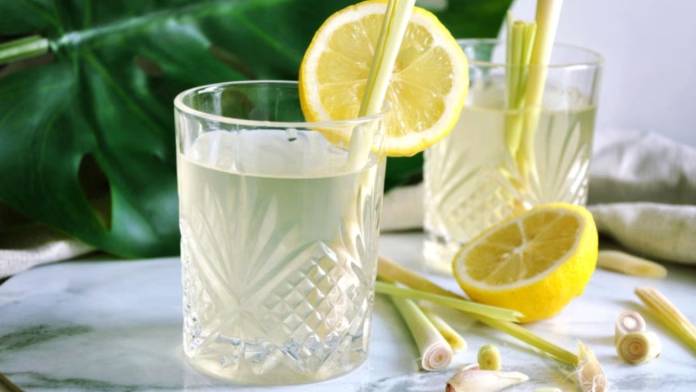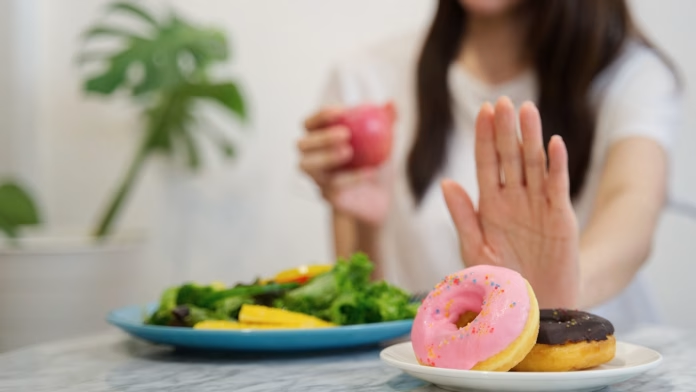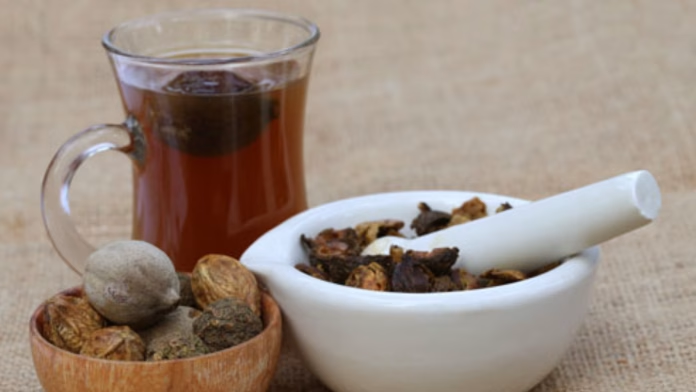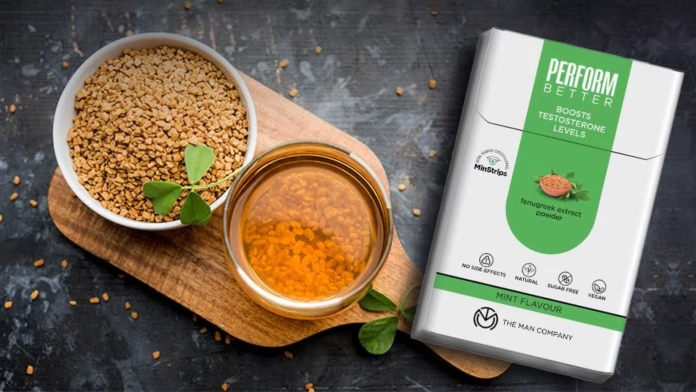Protein is an essential nutrient that is vital for the growth and repair of muscles, tissues, and organs in the body. It is important to consume an adequate amount of protein in our diet to maintain good health and well-being. However, the question arises, how much protein is too much?
In this article, we will explore the potential dangers of consuming too much protein and provide insights into the amount of protein you should consume. We will also provide a simple DIY recipe to make high-quality protein powder that you can incorporate into your diet.
How Much Protein Should You Consume?
The recommended daily protein intake varies depending on factors such as age, sex, body weight, and physical activity level. According to the Centers for Disease Control and Prevention (CDC), the recommended daily protein intake for adult men and women is 46 grams and 56 grams, respectively. However, this is just a general guideline, and the actual amount of protein a person needs may vary.
Athletes and people who engage in intense physical activity require more protein than sedentary individuals. A study published in the Journal of the International Society of Sports Nutrition found that athletes require protein intake of up to 1.4-2.0 grams per kilogram of body weight to support muscle growth and recovery.
On the other hand, consuming an excessive amount of protein can lead to negative health consequences, including kidney damage, weight gain, and an increased risk of heart disease. Therefore, it is important to find a balance and consume the appropriate amount of protein for your individual needs.
The Dangers of Consuming Too Much Protein
- Kidney Damage:
One of the biggest risks associated with consuming too much protein is kidney damage. The kidneys are responsible for filtering waste products from the bloodstream. When we consume protein, the body breaks it down into amino acids, which are then used to repair and build muscle tissue.
However, excessive protein consumption can overload the kidneys and lead to kidney damage. This is because the kidneys have to work harder to eliminate the excess protein from the body, which can cause damage to the kidneys over time.
- Weight Gain:
Consuming too much protein can also lead to weight gain. While protein is important for building muscle and maintaining a healthy weight, consuming excessive amounts of protein can lead to an increase in calorie intake.
Additionally, some protein-rich foods, such as red meat, are high in saturated fat, which can lead to weight gain and an increased risk of heart disease.
- Increased Risk of Heart Disease:
Consuming excessive amounts of protein, particularly animal protein, can lead to an increased risk of heart disease. This is because animal protein is often high in saturated fat, which can raise cholesterol levels and increase the risk of heart disease.
Additionally, consuming large amounts of animal protein can increase the levels of a hormone called insulin-like growth factor 1 (IGF-1), which has been linked to an increased risk of heart disease and some types of cancer.
DIY Recipe for High-Quality Protein Powder
Making your high-quality protein powder is easy and cost-effective. Here is a simple recipe to make your protein powder at home.
Ingredients:
- 2 cups of whole oats
- 2 cups of almonds
- 1 cup of sunflower seeds
- 1 cup of pumpkin seeds
- 1/2 cup of flax seeds
- 1/2 cup of chia seeds
Instructions:
- Preheat the oven to 350°F.
- Spread the oats, almonds, sunflower seeds, and pumpkin seeds on a baking sheet.
- Bake for 10-15 minutes, or until lightly toasted.
- Allow the mixture to cool.
- Once cooled, add the mixture to a blender or food processor.
- Add the flax seeds and chia seeds to the blender and blend until the mixture is finely ground.
- Store the protein powder in an airtight container in a cool, dry place.
- This DIY protein powder is a great alternative to store-bought protein powders, which can often be expensive and contain added sugars and artificial ingredients.
- This recipe contains a variety of nuts and seeds, which provide a good source of healthy fats, fiber, and essential vitamins and minerals.
Protein is an essential nutrient that is vital for good health and well-being. However, consuming an excessive amount of protein can lead to negative health consequences such as kidney damage, weight gain, and an increased risk of heart disease. It is important to find a balance and consume the appropriate amount of protein for your individual needs.
By making your high-quality protein powder, you can ensure that you are consuming a healthy and cost-effective source of protein. This DIY recipe is easy to make and contains a variety of nuts and seeds, which provide a good source of healthy fats, fiber, and essential vitamins and minerals.










